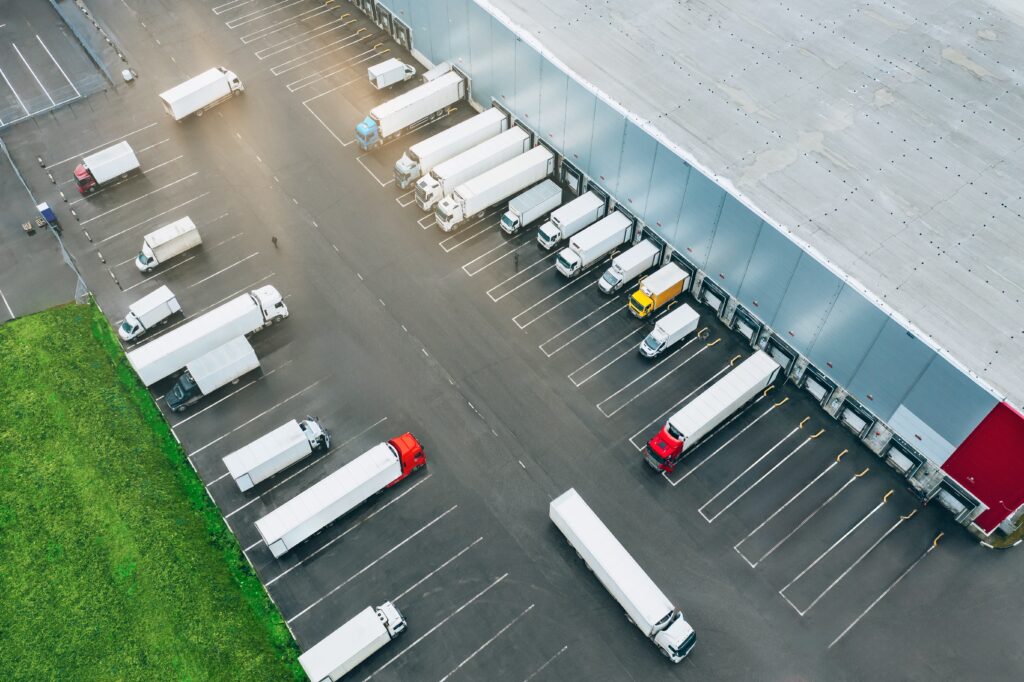
California’s AB 98 sets new statewide standards for warehouse development — including the route truck drivers take to get there. Now’s the time for you to prepare.
What is AB 98?
Effective January 1, 2026, AB 98 introduces statewide design and construction standards for new or expanded logistics developments. The law applies to facilities increasing in size by at least 20%, excluding office space. These changes aim to reduce air pollution in heavily trafficked areas, especially in regions like the Inland Empire.
In addition to requirements imposed on warehouse operators, local governments must update their General Plan Circulation element to identify and establish specific truck routes that avoid residential areas and sensitive receptors. These routes must be designed to prioritize using interstate or state divided highways and major arterial roads.
Critically, truck routes to and from warehouses will need to be planned, approved, and enforced by cities and counties, avoiding residential zones and sensitive areas such as schools, hospitals, and parks.
What does this mean for truckers?
Truckers may be required to take longer, less direct routes to reach warehouses — potentially increasing time on the road and operational costs.
Facilities must submit a truck routing plan that avoids sensitive areas and follows local truck maps. The routes must use major highways when possible and stay clear of residential neighborhoods.
These truck routes will be:
- Approved by the city or county
- Marked with new signage
- Publicly available and shared with truckers and fleet operators
While truckers aren’t responsible for coming up with routes, they will be responsible for following them.
If a warehouse can’t meet these requirements, its development can’t be approved. Cities/counties that don’t update their circulation plans could face fines of up to $50,000 every six months.
The Inland Empire has an earlier deadline.
For those operating in the Inland Empire, the rules kick in two years earlier — January 1, 2026, instead of 2028. That includes:
Riverside and San Bernardino Counties, and the cities of Chino, Colton, Fontana, Jurupa Valley, Moreno Valley, Ontario, Perris, Rancho Cucamonga, Redlands, Rialto, Riverside, and San Bernardino.
This means trucking routes in these areas must be finalized soon — and local governments must submit updated truck plans by the 2026 deadline.
Not everything is clear yet.
At this stage, how exactly routes will be chosen is still uncertain. Without finalized truck maps from local governments, it’s hard to gauge the full impact on operations. But given the state mandate, truckers should prepare for potential route changes, while warehouse developers should be assessing how to bring facilities into compliance.
AB 98 represents a major shift in how California manages warehouse-related freight movement and development. While the law aims to address environmental and public health concerns, it could also introduce significant compliance costs and logistical headaches — especially for those in the Inland Empire, where deadlines are approaching fast.
If you’re a motor carrier or warehouse operator in affected areas, now is the time to start preparing.